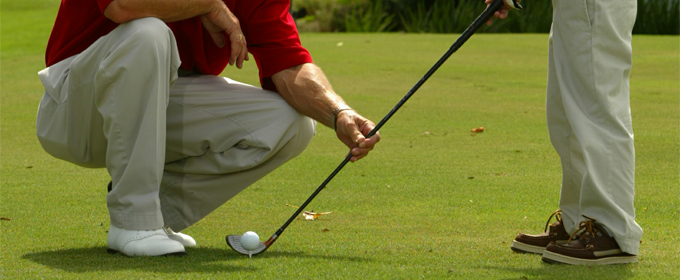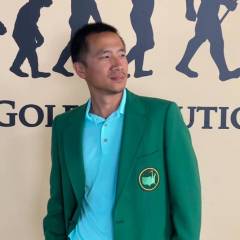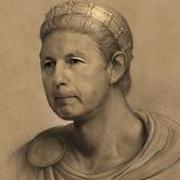Attacking the Root Cause
Quick one today.
Below, you'll see a player whose right arm stays pretty straight a long time. This leads to the right elbow getting a bit too far around/behind, and then it gets stuck there on the downswing. The player compensates by tipping the head back (as the right arm stays flexed a long time), and the left arm actually bends slightly too so she doesn't crash down into the ground.
In the improved image, you'll note the right elbow flexes sooner. This limits the "late flexing" of the right elbow, which limits how far retracted or around/behind it gets, which helps to minimize how trapped it gets, which helps to minimize how bent it remains at impact, which helps to minimize how much the left arm is bent.
In other words, the sequencing is:
- Right elbow doesn't flex quickly enough.
- Because it doesn't flex quite early enough, it has to catch up and flexes more late.
- Because it flexes more later in the backswing, this pulls the right elbow back around/behind the player.
- Because it's back around/behind, it's trapped and doesn't extend at the proper rate on the downswing.
- Because it's not extending, the player has to get the club to the ground so she does so by tipping her head back.
- Because she's tipping her head back, to avoid taking a thick divot or hitting the ball fat, the player bends the left arm to shallow the club.
That's a lot of "becauses" above. The only way to get one more would have been if setup had been the root cause, I suppose.
This highlights how important it is to get to the root cause. You could have noticed any one of the things seen in the "because" phrases, but attacking the problem there isn't attacking the root cause.
Now, this was a pretty extreme example. Most of the time there aren't quite that many "becauses." But, it happens, and good instructors have to be aware of it.












3 Comments
Recommended Comments
Create an account or sign in to comment
You need to be a member in order to leave a comment
Create an account
Sign up for a new account in our community. It's easy!
Register a new accountSign in
Already have an account? Sign in here.
Sign In Now